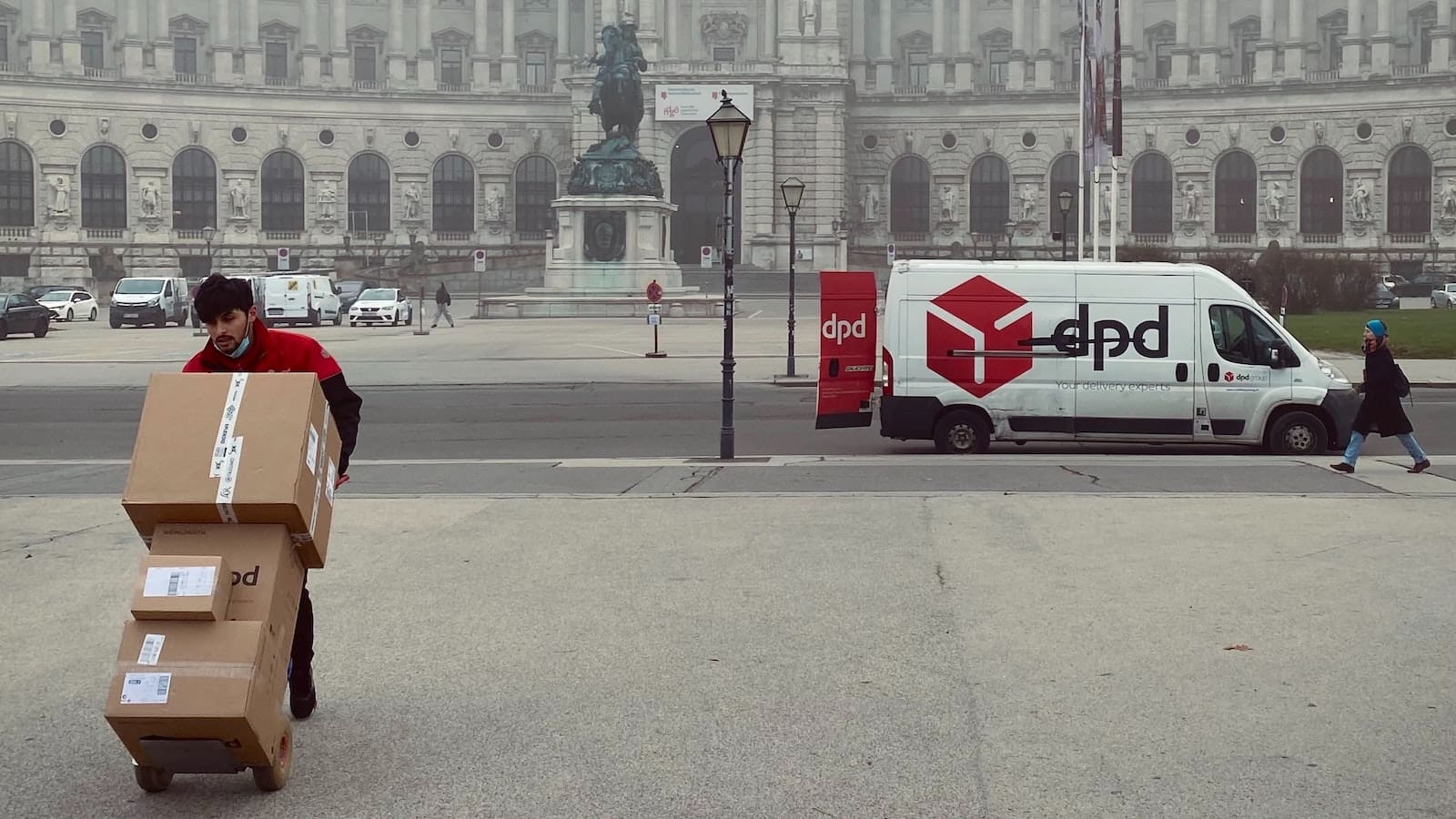Table of Contents
** Minutes
What are shipment notifications?
Types of shipment notifications
Why are shipment notifications important for businesses?
The rapid growth of ecommerce has led to equally rapid improvements to the shopping experience. What was once a highlight of the customer experience is now simply table stakes for many brands.
In fact, 32% of customers will “break up” with their favourite brand after one poor customer experience, and 74% of customers will switch brands if the purchase experience is too difficult.
So in an increasingly crowded market, it’s unsurprising that brands are investing more in customer experience as a differentiator than ever before.
Global spending on customer experience is expected to reach $640 billion in 2022 — and since many customers are willing to keep shopping and even pay more for a good customer experience, the investment is a no-brainer.
So, how do you improve the customer experience?
There are plenty of levers you can pull, but providing your customers with proactive and transparent updates on their shipments is a must, so setting up shipment notifications will be your first step.
In this article, we’ll walk you through the different types of shipment notifications and how to implement them.
What are shipment notifications?
Shipment notifications, also known as delivery notifications, are real-time updates that notify customers on the status of their package.
Customers likely expect email notifications, but these messages can also be sent via mobile app alerts (like the Route app) or text message, as well as via email.
Direct-to-consumer (DTC) merchants can send shipment notifications related to order processing, label creation, shipment delivery dates, package tracking numbers, and more.
No matter the type of notification sent, shipment notifications help keep customers informed throughout their post-purchase experience.
That engagement fosters customer loyalty and boosts the holy grail of all ecommerce metrics: your repeat customer rate.
Types of shipment notifications
Every type of shipment notification serves an important purpose in the buyer’s journey.
Here are a few types of shipment notifications merchants can (and should) send to customers, along with how they benefit both the customer and your business.
Shipment created
A customer’s first shipment notification should let them know that their order has been created.
For example, if you partner with ShipBob for order fulfilment, once a shipping label is generated, customers automatically receive an order tracking number that lets them follow the shipment from processing to shipment and delivery.
Providing a shipment notification at this point is vital to keeping your customers engaged all the way through delivery.
Shipment exception
Unfortunately, not every shipment will arrive by the originally estimated delivery date, which is where a delivery exception notification comes into play.
A shipment exception informs the customer that their original estimated delivery date won’t be met and provides a rescheduled delivery date.
Honesty is the best policy. By keeping customers informed in real time, customers will be given realistic expectations and will be more satisified throughout the post-purchase experience.
Delivery notifications: picked up, out for delivery, & delivered
Every customer gets more eager for their package to arrive as it gets close to the delivery date.
Delivery notifications help satisfy their need for information by letting them know exactly when their shipment has been picked up for delivery, is out for delivery, or has been delivered.
You can send notifications across multiple channels (mobile app, email, SMS, etc.) to amplify your customers’ excitement.
Why are shipment notifications important for businesses?
Shipment notifications aren’t just great for customers; they’re important for your business. By keeping customers informed throughout the post-purchase experience, you’ll stay ahead of the competition and build brand loyalty.
Here are a few of the key ways that shipment notifications help your business thrive.
They give full visibility to customers
Today’s customers are more tech-savvy and discerning than ever before, which means they want to be able to monitor their order status from the minute they checkout to the moment their shipment arrives.
Shipment notifications give customers full visibility by providing live updates from the time a shipment is created until it reaches their doorstep.
This visibility empowers customers and helps reduce your support costs by eliminating those “Where’s my order?” (or WMO) inquiries.
They help improve brand reputation
In today’s competitive ecommerce landscape, your brand reputation could make or break your business.
Shipment notifications help improve your branding by giving customers an immersive brand experience in every step of the buying journey.
They’ll be more likely to think highly of your brand, tell their friends and family about their experience, and come back to make another purchase.
They reduce buyer’s anxiety
Package loss and theft continues to rise alongside the popularity of ecommerce, leaving customers feeling anxious until the product is safely in their hands.
But with shipment notifications, customers will never have to wonder about the status of their package or become frustrated trying to find information. Modern technology has made it easier for us to easily see these updates via push notifications.
Instead, they’ll be delighted by the transparent, proactive shipment information they receive about their order throughout the post-purchase process.
Route + ShipBob can help you improve customer satisfaction
ShipBob is a global fulfilment solution that allows DTC merchants to better manage inventory, orders, and shipments across channels.
Just import your products, send your inventory, and let ShipBob take care of the rest, including affordable 2-day shipping options and total performance transparency.
Route integrates with ShipBob to give you and your customers best-in-class package tracking through customisable shipment notification emails, SMS, in-app tracking, and even web-based tracking pages, all of which can boost customer engagement by 400%.
Shipment notifications have a 90% open rate and cut through the noise to give updates customers really care about.
If you’re not already providing proactive and automated shipment tracking to your customers, Route and ShipBob can help.
FAQs
Shipment notification FAQs
Here are answers to the top questions about shipment notifications.
What is a shipment notification?
A shipment notification is a message sent from a merchant to a customer to keep them informed about the status of their package delivery. The notification might let the customer know that their order is being processed, has shipped, or has been delivered.
Shipment notifications can also be used to provide package tracking numbers, an estimated delivery date, or to follow up about the product after it has been delivered.
How do I get delivery notifications?
Merchants can provide customers with delivery notifications using tools like ShipBob and Route. ShipBob offers order fulfilment with full visibility into the status of every package, from picking and packing to delivery.
With Route’s powerful post-purchase automation, customers can get real-time shipment updates via email, push notifications, or SMS without creating extra work for you.
What is the process of shipment notification?
Shipment notifications offer customers unlimited access to the status of a package—from any device, at any time. Customers will get notifications related to order processing, package shipment, tracking numbers, delivery confirmation, and more.
Shipment notifications also help merchants leverage shipping, delivery, and engagement insights to enhance the post-purchase experience.
What information is included in a shipment notification?
A shipment notification can include information about when a shipment has been processed or left the warehouse. It might also include tracking information like a tracking number or estimated delivery date, or notify the customer that their package has been delivered.
Finally, shipping notifications can follow up on a customer’s satisfaction with a product, and even offer suggestions for their next purchase.



